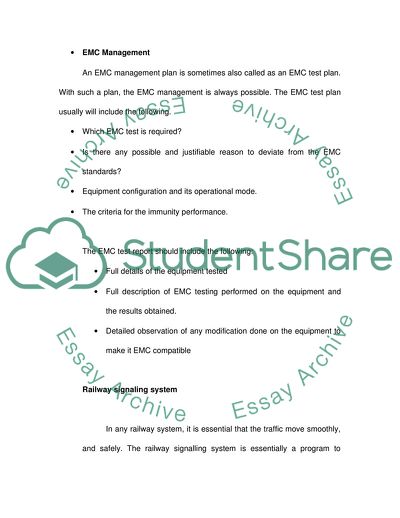Cite this document
(Electromagnetic Compatibility: Railway Signalling System Term Paper, n.d.)
Electromagnetic Compatibility: Railway Signalling System Term Paper. https://studentshare.org/technology/1718462-emc-electromagnetic-compatibility
Electromagnetic Compatibility: Railway Signalling System Term Paper. https://studentshare.org/technology/1718462-emc-electromagnetic-compatibility
(Electromagnetic Compatibility: Railway Signalling System Term Paper)
Electromagnetic Compatibility: Railway Signalling System Term Paper. https://studentshare.org/technology/1718462-emc-electromagnetic-compatibility.
Electromagnetic Compatibility: Railway Signalling System Term Paper. https://studentshare.org/technology/1718462-emc-electromagnetic-compatibility.
“Electromagnetic Compatibility: Railway Signalling System Term Paper”. https://studentshare.org/technology/1718462-emc-electromagnetic-compatibility.


